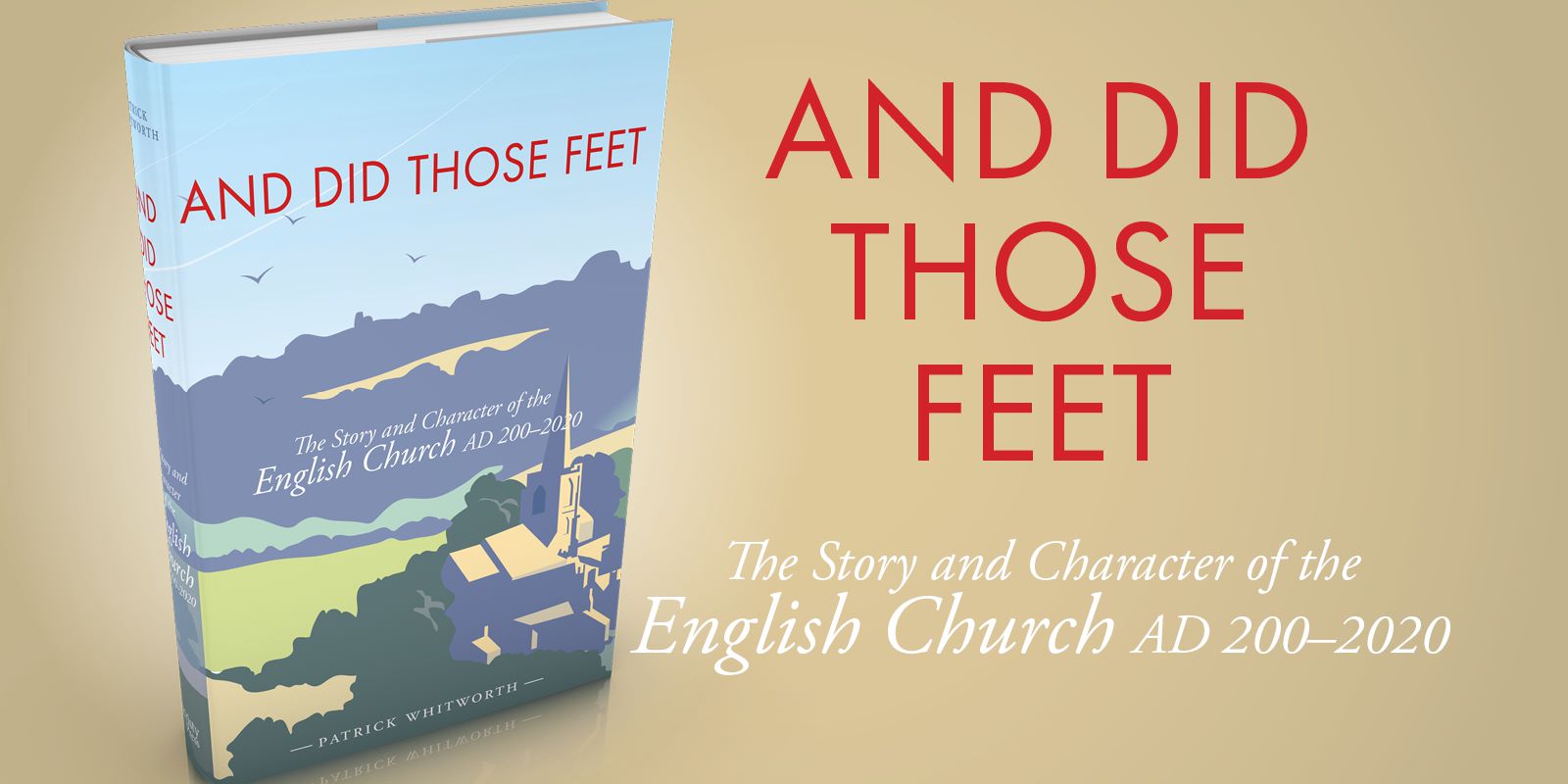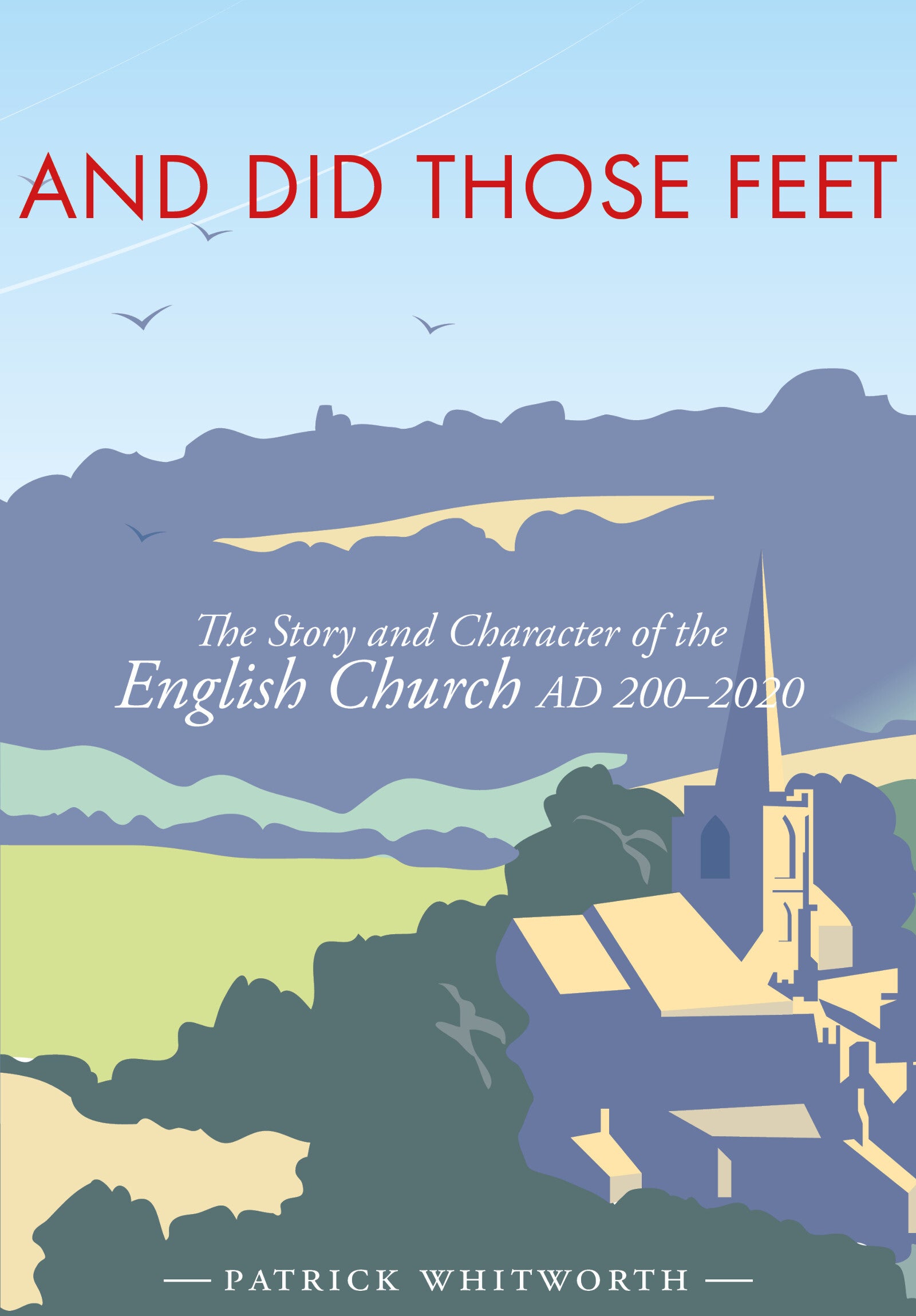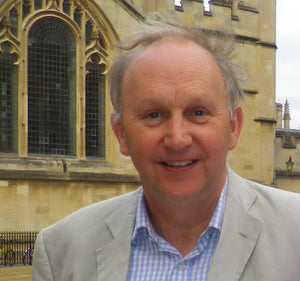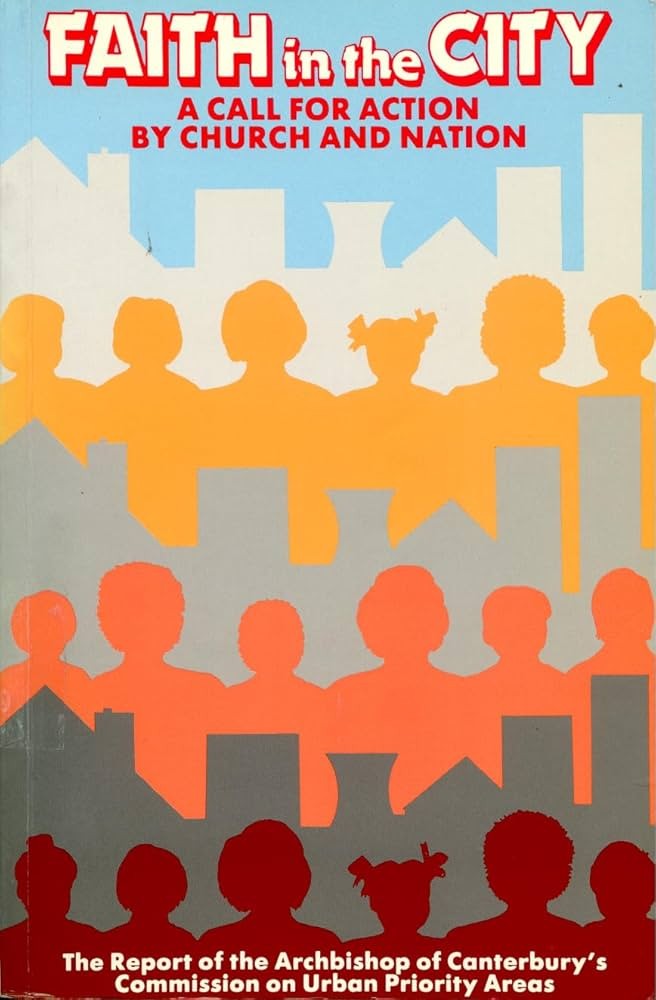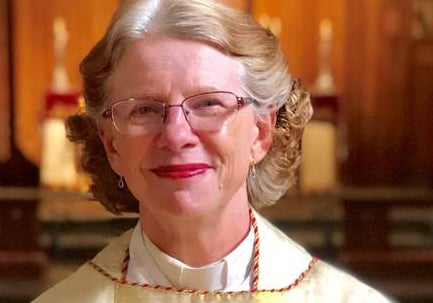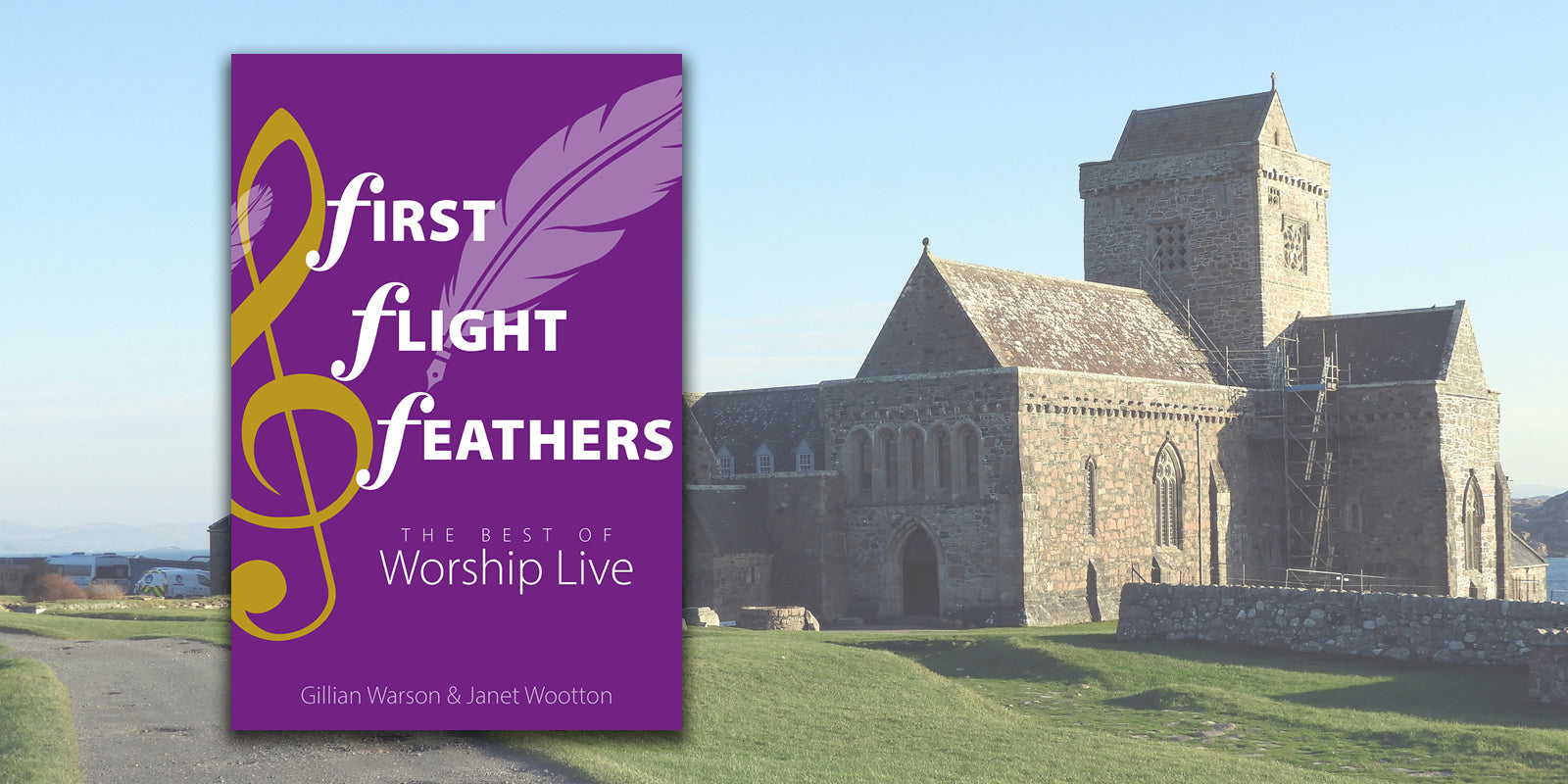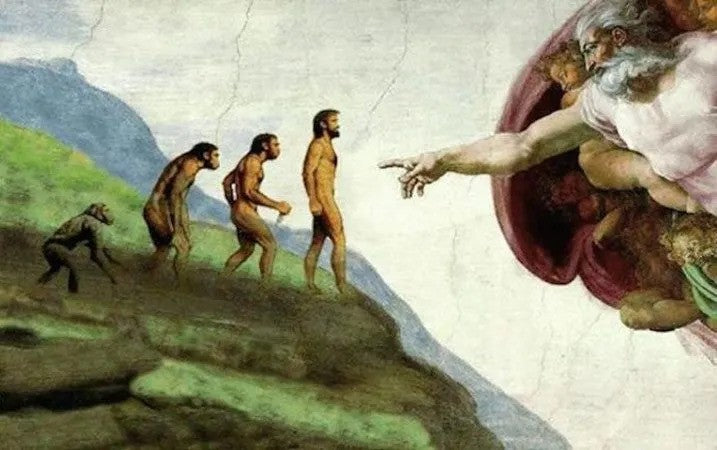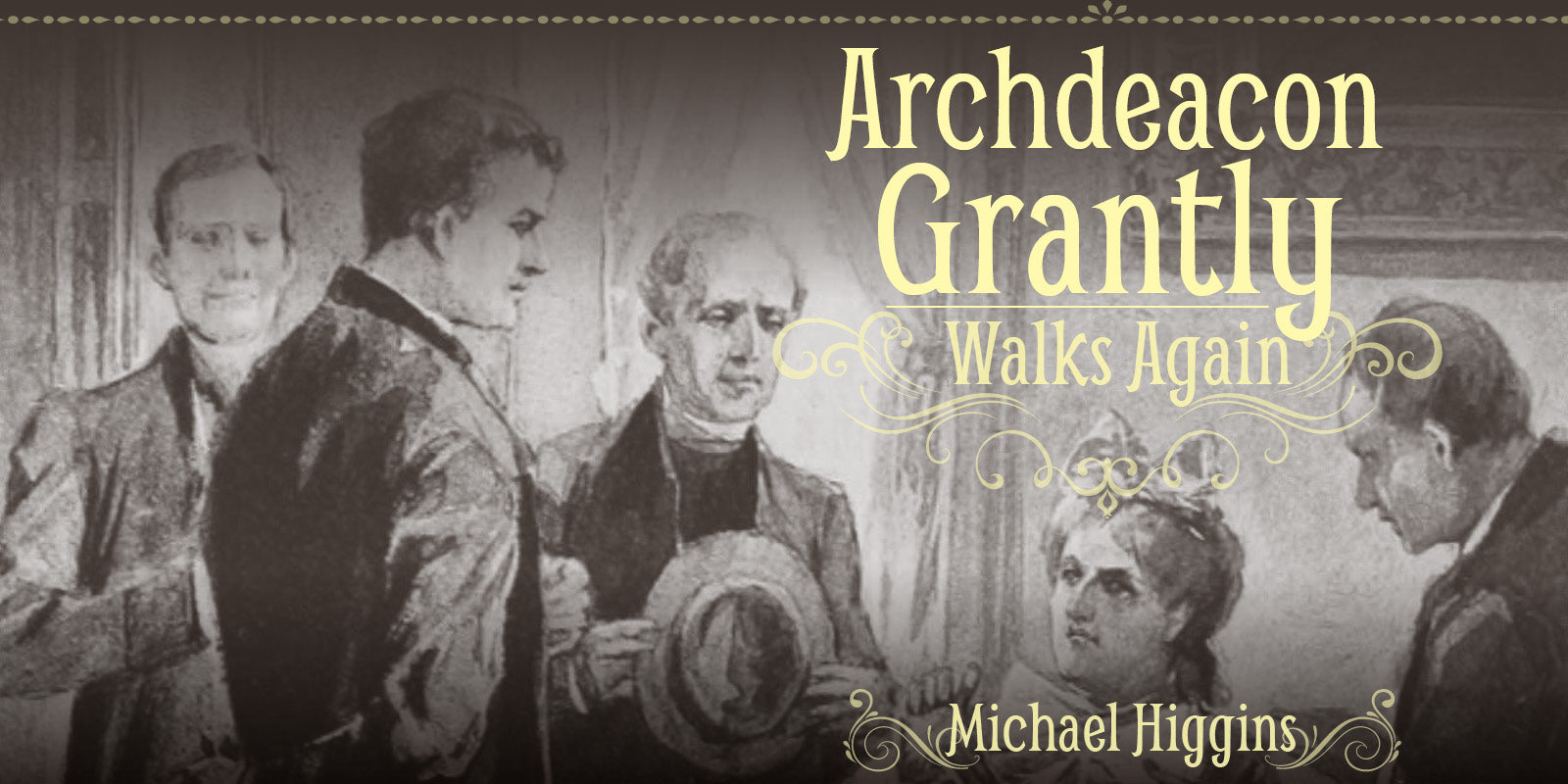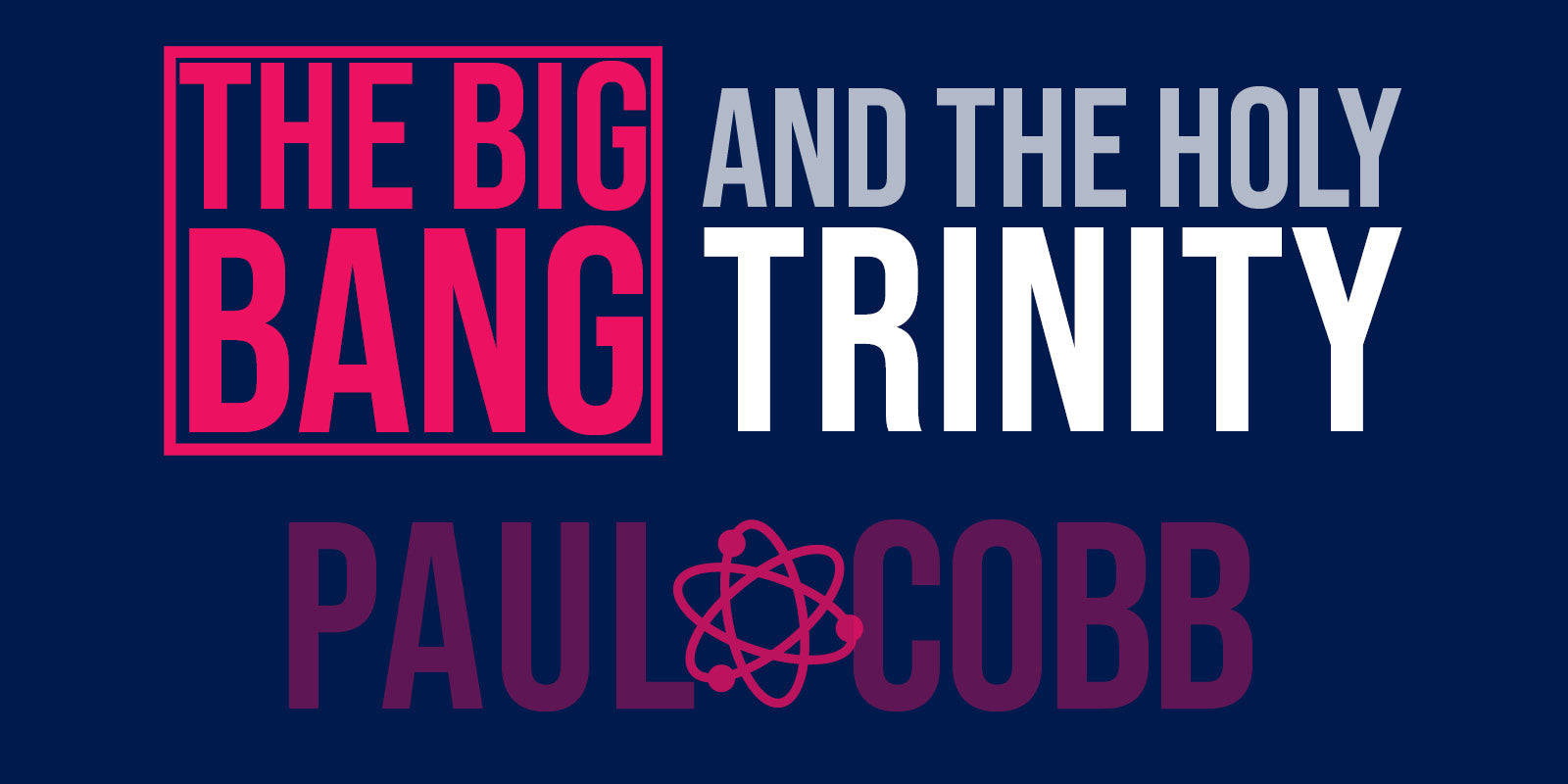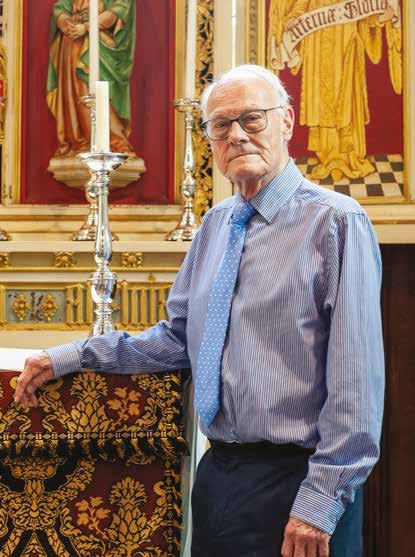The history of England cannot be understood without first understanding the history of the Church, argues Partrick Whitworth, author of a major new history of Christianity in England.
There has been a wave of interest in what it means to be English in recent years. New books have abounded on the subject, while politics around Brexit centred on taking back control, independence and becoming a free and global nation again. Alfred Brendel, a great pianist originally from central Europe, was once asked why he chose to live in England. He replied, “because the English have such little talent for fanaticism!” The English have been repeatedly described as un-doctrinal; pragmatic; polite. But this doesn’t tell the whole story – such terms mask uncomfortable truths. The contention of my book And Did Those Feet is that you cannot understand English history without understanding the history of the church in these shores; that over time that expression of the Christian faith took on characteristics which were distinctly English.
The first 1,500 years of English Christianity came from overseas: from France, Italy, Germany and Ireland. However, by AD 597 there was a strong indigenous English Church which had taken its shape from both Roman and Celtic influences. This Celtic-Romano church was soon to be squeezed to the margins in Wales and Cornwall, with new missions concentrated on converting the Anglo-Saxon Kingdoms of England. Missionaries like Aidan from Iona and then Lindisfarne had great effect in Northumbria, and likewise the Roman Paulinus who evangelised first Kent and then Yorkshire and Northumbria. Soon the church was established across England, eventually absorbing the Viking invasions. The Normans would add a new level of scholarship and architecture and would strengthen continental influence, especially through the Monastic Orders, beginning with the Benedictines and continuing with the Cistercians and Franciscans. But by the fourteenth century growing corruption, partly due to the increasing secular power of the church, signalled time for change. The late fourteenth century saw the effects of the Black Death, the waxing and waning of the Age of Chivalry under Edward III, the desire for social change expressed in the Peasants Revolt, the writings of the English contemplatives like Julian of Norwich and the campaign for church reform led by John Wycliffe who, with his associates, translated the Bible into English.
Reform did come 150 years later on the occasion of Henry VIII’s desire for a divorce from Catherine of Aragon. This coincided with the revival of classical languages in the Renaissance and the first blast against the Papacy and Roman Catholic teaching and practices by Martin Luther at Wittenberg in 1517. What Henry VIII began pragmatically, his son Edward VI completed out of conviction. Iconoclasm and Protestant theology swept the nation only to be partially reversed by Queen Mary, and then re-established by Elizabeth who successfully resisted Catholic assaults on her Protestant rule. By now an English expression of Christianity was taking shape with Cranmer’s Prayer Books and the Tyndale Bible. These two books were to lie at the centre of Anglican worship for nearly four hundred years, in an extraordinary stretch of continuity. Although Oliver Cromwell sought to dismantle the Church of England, abolishing Bishops and withdrawing the Prayer Book, the failure of his rule saw the re-imposition of a new national church settlement based on the Anglican Church in 1660. By now there were three strands to English Christianity: the Established Church or Church of England, the Non Conformists or Dissenters, who were initially persecuted, and the Roman Catholic Church, which was more or less banned until 1829. In the eighteenth century, with the preaching of Wesley and Whitefield, great numbers were added to the church and a tradition of hymn singing took root. At the same time social reform was pioneered by Wilberforce in the ending of the slave trade.
The Victorian period saw these three strands in uneasy tension. Methodists, Congregationalists, Independents and Baptists grew in importance. The Roman Catholic Church was swelled by a wave of immigration from Ireland from the 1840s onwards and by the conversion of Anglican leaders like Newman and Manning during the Tractarian Movement of the 1830s. The Anglican Church split into streams of Anglo Catholic, Evangelical and Liberal as it responded to Biblical Criticism, scientific advance and social deprivation. The 1880s were the age of church-going, with at least 37% of a population of 30 million attending church services and growing missionary enterprises overseas. The effects of war, social change and more diverse leisure saw a decline after WW1. But real decline in Christian faith did not occur until the late 1960s, fueled by increasing scientific challenge and material prosperity, and social change – especially among women.
A measure of renewal began from the 1970s, which saw liturgical renewal, new translations of the Bible, the Charismatic movement, greater theological confidence, new ways of introducing the Christian message outside of mass rallies, and greater practical engagement in the cities and towns. These are seeds of hope. And the church has shown welcome signs of digital versatility and broadcasting during the recent pandemic.
English Christianity has been defined in the past by what it adopted from the continent, but now has developed a distinctive timbre to its faith. This is marked out by love of words, spiritual writing and poetry; distinctive choral and band led worship; an openness to the Spirit alongside connection to tradition; and a renewed attention to social justice. I believe the men and women of the English Church have, through great energy, enhanced the quality of life today and pointed to another Kingdom.
Patrick Whitworth read Modern History at Christ Church Oxford, and a Theology MA in Reformation Studies under T. H. L. Parker at Durham. He has spent over 40 years in Anglican Ministry, most recently in Bath, and in retirement facilitates lay and clergy training alongside his writing. He is married to Olivia with four grown up children and three grandchildren. His book And Did Those Feet: The Story and Character of the English Church AD 200-2020 was published by Sacristy Press in April 2021 and is available to order here.
